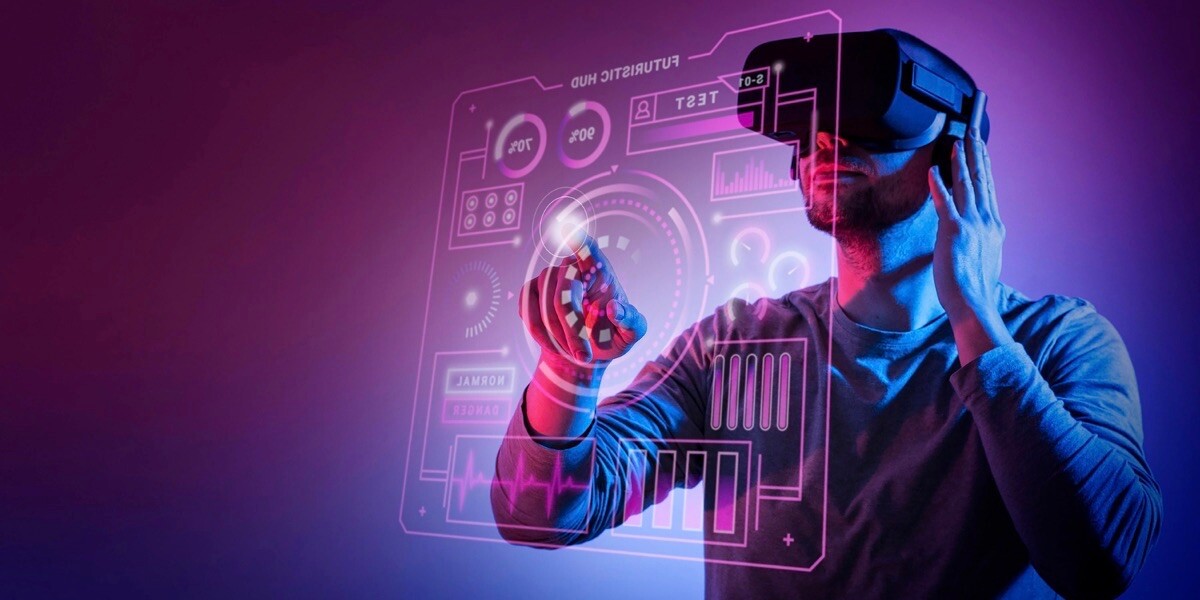
The Promise of Disruptive Technology
Sometimes it’s difficult to pin down “disruptive tech.” It’s not always apparent when you see it. By definition, the term “disruptive tech” can be used to describe a tool, technology, or product that disrupts and existing industry, and often displacing existing market and industry leaders in the process.
Defining Disruptive Technology
Disruptive technology can come in many forms, but the three most common forms of disruptive innovation are:
- Technological innovation
- Product innovation
- Platform innovation
Examples of Disruptive Technology
Bitcoin and Decentralized Banking
Bitcoin is both a technological and platform innovation that was designed to decentralize and democratize the banking industry. Using a new data storage and transfer model called blockchain, Bitcoin is capable of storing and transferring digital currency between users in a secure way.
Traditionally, consumers have relied on banks and other financial institutions to secure and manage wealth, but now, with blockchain technology, consumers can take those matters into their own hands.
Uber and the Gig Economy
Uber is also a technological, platform, and even cultural disruption. The gig economy erupted over the last 10 years due to smartphone technology and allowed people generate income from a high number of small, task-oriented jobs as opposed to working your regular 9-5. The gig economy allowed people to have full control over their income, how much they made and when they worked. Uber is at the forefront of the gig economy.
Beyond Meat
The Beyond Meat company is disrupting the agriculture and food businesses by creating a plant-based meat substitute that actually looks, tastes, and smells like traditional beef and chicken proteins. With recent partnerships with major fast-food chains, like Burger King, Beyond Meat is poised to grow their share of the market in the coming years with a reliable plant-based product that is more sustainable than traditional meat products.
Disruptive vs. Sustaining Technology
Where disruptive technology is designed to break the mold and disrupt existing business models, sustaining technologies help improve or optimize existing product performance. A great example of sustaining technology would be the improvement of safety features on a popular car model. In this example, the safety advancements and features are propping up an already proven business model lengthening its commercial life cycle.
On the contrary, disruptive tech solves the safety issue with a different approach: disruptive technology would look to eliminate the need for safety measures entirely by seeking to eliminate automobile dangers or reinvent how we traditionally look at auto safety.
Is Disruptive Technology Needed?
This question is interesting. While disruptive tech isn’t a necessity for technological advancement (sustaining technological advancements would work just fine), it does help accelerate normal tech advancement periods. It also has the benefit of creating new markets for innovation.
It’s often the case that whole new industries pop up after a wave of disruptive tech. A good example of this would be Tesla’s impact on the auto industry. As Tesla cars eat up more and more of the auto market, it’s generating a whole new economy underneath it. With more Tesla cars on the road, consumers need Tesla mechanics who specialize in all electric vehicles, technicians who can install and maintain Tesla charging stations, electric infrastructure to support charging stations, and warehouses to manufacture proprietary Tesla parts (like their car batteries).
While disruptive technology isn’t needed in order for technological advancement, we’re certainly much better for it.
What to Expect from Disruptive Tech in the Future
The big question is what we should expect from disruptive tech in the future. Are disruptive companies going to save humanity? Are they going to create innovative solutions for big problems like climate change, economic instability, terrorism? Or are they ultimately going to lead to our downfall, like an AI company that goes rogue?
There’s no easy answer here, but here are some basic assumptions that we can make about DX in the near future:
Disruptive Tech Will Continue to Innovate and Solve Bigger, Uglier Problems
The tech sphere is hungry to have an impact. Leaders are working to solve big problems, using technological advancement to improve the lives of people across the world. In many ways, disruptive tech exists to serve an ideal, a sort of tech utopia with fully-secure money, a reduction in climate change, easily-sourced green energy, and even habitation on Mars.
Tech’s wants and desires know no bounds and they show no signs of slowing down.
Disruptive Tech Will Continue to Rely on Profitability to Last, Not Just Capital Investment
As we’ve seen with the recent rise and fall of The We Company, innovation and disruptive technology can’t subsist on idealism and venture capital alone – they need to have real value, solve real problems, and generate actual revenue.
In order for a disruptive approach to really take hold and inculcate change in an industry, it will need to have inherent value and a way to monetize that value. Just a couple of years ago, an AI company could have received capital simply by throwing out buzzwords to wide-eyed angels looking for their next unicorn.
Today, the tech bubble has constricted somewhat. Disruptive companies are going to need to show real profitability and value in order to last.
Tech’s Bleeding Edge Will Become More Mainstream
VR, AI, decentralized currencies – all of that will become part of our everyday lives in more meaningful ways. Right now, much of the bleeding edge of tech is conceptual in nature and not able to be applied practically in traditional businesses and industries. VR is something that is talked about, but hasn’t reached the mainstream. AI is a technology that is rife with bugs (think if Microsoft’s chatbot, Tay). Decentralized currency has yet to be embraced in a meaningful way by many major financial institutions, though they are utilizing it in some applications.
In the near future, expect these disruptive technologies and more to continue to infiltrate the mainstream as companies develop real world applications for them.

